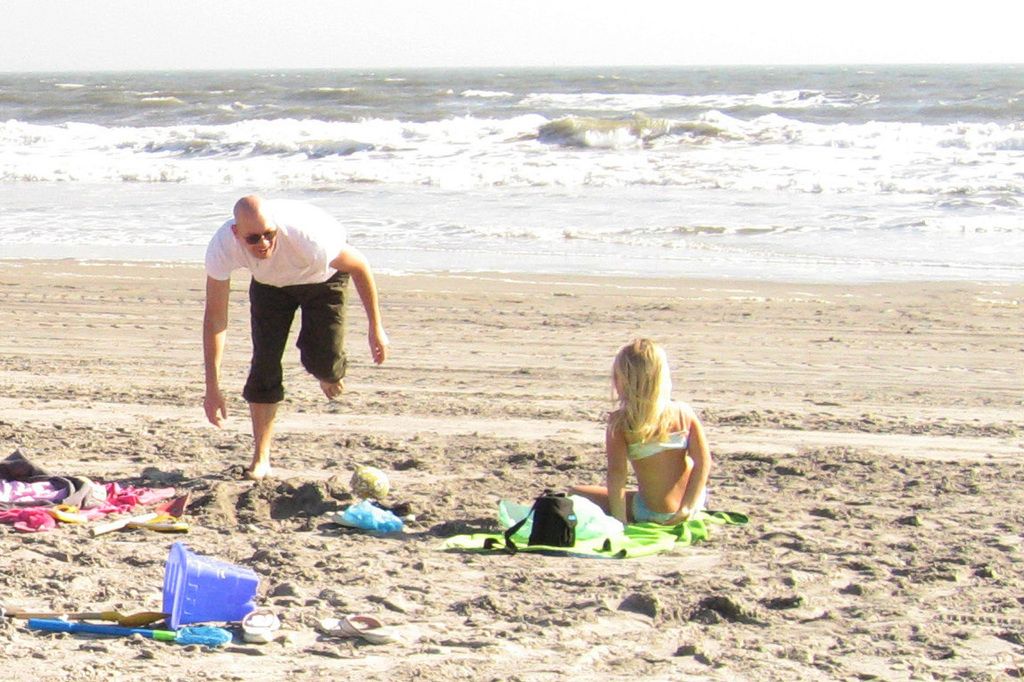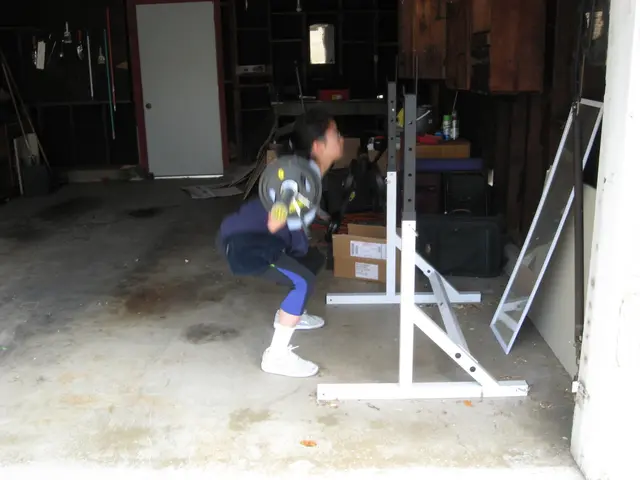A fitness trainer asserted that these six calisthenics exercises employing just bodyweight are enough to build considerable strength.
Let's dive into the world of calisthenics, a fascinating form of gymnastic strength training that requires nothing but your own body weight for resistance. It's a great option for those just starting their fitness journey who may be intimidated by weight lifting or fancy gym equipment.
Calisthenics might initially seem like a pursuit for advanced athletes, what with pull-ups, muscle-ups, and pistol squats being common associations. But fear not, as Lisa Mags, a personal trainer, calisthenics coach, and founding boss of Lisa's Living Club, assures us that calisthenics can be incredibly approachable for beginners as well.
"Calisthenics is versatile and accommodating," says Lisa. "Every advanced exercise has a range of regressions, or easier versions, that beginners can work on. The emphasis on form, mobility, flexibility, and control makes it far safer for newbies than starting with weights." This reduced risk of injury, combined with improved movements, is a sweet deal!
While having some gear on hand can enhance your calisthenics experience, like a pull-up bar, dip bars, or parallettes, it's not a necessity. This means you can jump right in without any financial barriers.
To help you explore the calisthenics world, Lisa shares her six most underrated bodyweight exercises, which form the foundation for getting strong.
The Six Bodyweight Exercises to Master
1. Squats (Targets: Legs and Glutes)
Squats are essential, says Lisa. They're not just beneficial for your daily activities like sitting and standing but also strengthen your glutes, quadriceps, and hamstrings simultaneously. For beginners, Lisa recommends chair squats, making it easier to achieve the appropriate depth and promoting a better hip hinge.
2. Incline Push-up (Targets: Chest, Arms, and Abs)
Push-ups may seem intimidating, but Lisa suggests starting with an incline push-up, where your hands are on an elevated surface like a bench or wall. This way, you maintain the same body position and form as a regular push-up while making it easier.
3. Glute Bridge (Targets: Glutes and Lower Back)
Beginners often struggle with weak glutes or have difficulty engaging these muscles in exercise. The glute bridge will help strengthen your entire posterior chain, improving your performance in other exercises and reducing the risk of injury. The best part? It's part of a great warm-up routine, regardless of the activity you're about to tackle!
4. Dead Hang (Targets: Grip)
A dead hang might look straightforward, but it builds grip strength and works your hands, forearms, and shoulders. It also decompresses your spine, which is fantastic if you're looking to progress to more advanced exercises like pull-ups, chin-ups, or hanging leg raises. Start by holding your weight for a set time, say 10, 20, or 30 seconds, and eventually upgrade it to a scapula pull-up.
5. Step-up (Targets: Legs and Glutes)
Working unilaterally, or one leg at a time, is crucial for strength and balance, says Lisa. By stepping up onto a bench or box, you address any weaknesses in your legs, glutes, and even your core muscles. This can help iron out any imbalances that may have developed over time due to factors like favoring one side while carrying heavy items or holding a backpack.
6. Modified Hollow Hold (Targets: Core and Lower Back)
The hollow hold is a challenge for even the most advanced exercisers, working your rectus abdominis (external abs), transverse abdominis (deep abs that wrap around your body), and obliques. The modified version with bent knees and arms by your sides is an excellent way to build strength towards a full hollow hold. Lie on your back, lift your legs to tabletop position with knees bent at 90°, and engage your abs by pressing your lower back down and lifting your shoulders off the floor.
Ready to Try Some Calisthenics?
Lisa recommends mastering these six bodyweight exercises before moving on to weight lifting. Feel free to mix and match your favorites or combine them into a six-move bodyweight circuit. "Calisthenics is all about slow progression over time," warns Lisa. "Start small, keep adding bit by bit, and focus on perfecting your form."
Beginners should aim for no more than 2-3 rounds of 8 reps or 20 seconds per exercise, with 30 seconds of rest between exercises and one minute between rounds. As you progress, you can increase the sets, reps, or reduce the rest times to make the exercises more challenging.
For more guidance, check out Lisa's Living Club, a wellness community and workout app that provides strength, conditioning, HIIT, and calisthenics workouts to help you kickstart your fitness journey from the comfort of your own home or gym. Happy calisthenics, folks!
Calisthenics offers a versatile and accommodating fitness-and-exercise option, suitable for both beginners and advanced athletes. It's a great way to build strength without the need for fancy gym equipment or weight lifting. Lisa Mags, a personal trainer and calisthenics coach, recommends essential exercises like squats, push-ups, glute bridges, dead hangs, step-ups, and modified hollow holds to master before moving on to weight lifting. These bodyweight exercises target various muscle groups, such as legs, glutes, chest, arms, abs, lower back, and core, and can be combined into a six-move bodyweight circuit for an efficient workout. Lisa's Living Club, a health-and-wellness community and workout app, provides calisthenics workouts for beginner fitness enthusiasts to kickstart their journey from the comfort of their homes.






